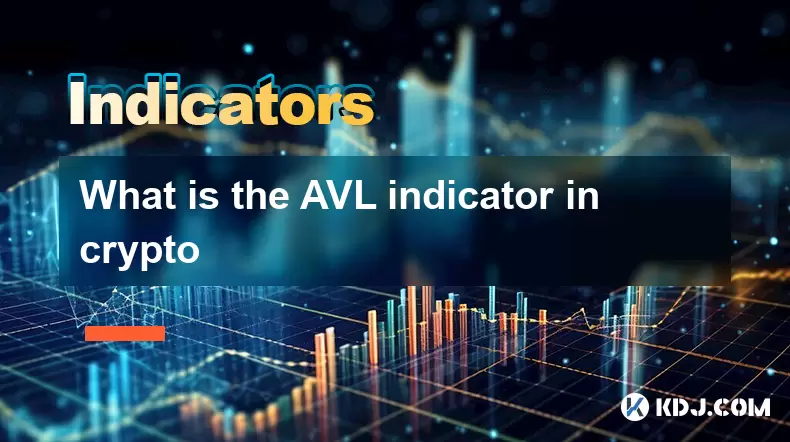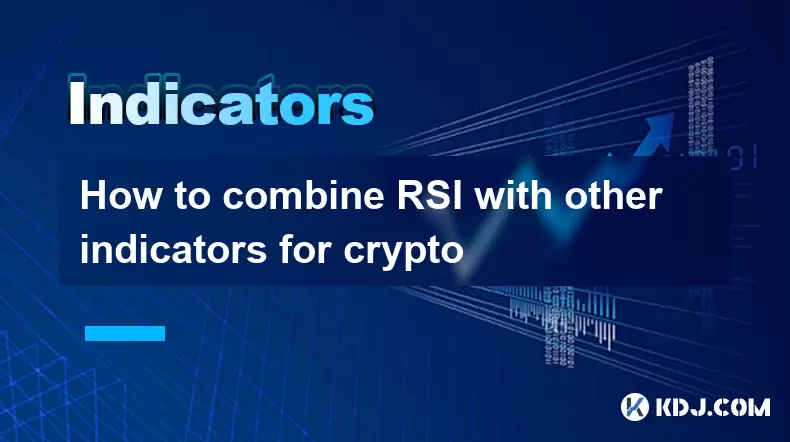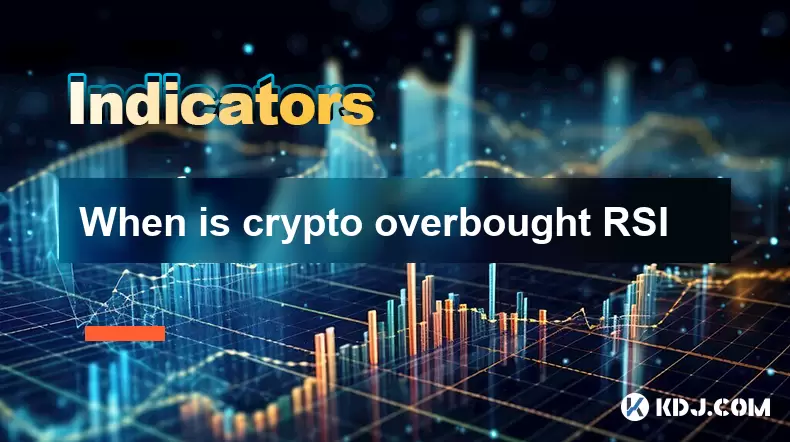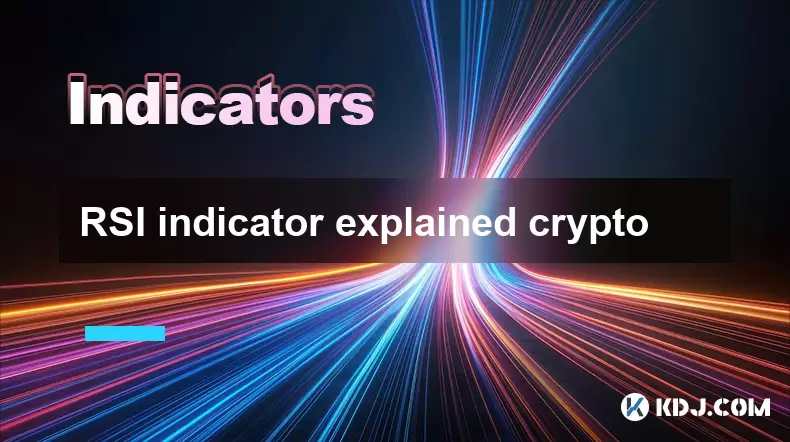-
 Bitcoin
Bitcoin $117,879.8627
0.05% -
 Ethereum
Ethereum $2,956.4450
-0.23% -
 XRP
XRP $2.7737
-0.58% -
 Tether USDt
Tether USDt $1.0003
-0.01% -
 BNB
BNB $687.3817
-0.92% -
 Solana
Solana $161.9370
-0.65% -
 USDC
USDC $1.0000
0.00% -
 Dogecoin
Dogecoin $0.1983
-2.35% -
 TRON
TRON $0.3019
-1.02% -
 Cardano
Cardano $0.7217
-0.53% -
 Hyperliquid
Hyperliquid $47.5630
3.05% -
 Stellar
Stellar $0.4341
11.02% -
 Sui
Sui $3.4115
-0.11% -
 Chainlink
Chainlink $15.1548
-0.82% -
 Bitcoin Cash
Bitcoin Cash $505.9817
-4.61% -
 Avalanche
Avalanche $21.0131
1.73% -
 Hedera
Hedera $0.2033
2.29% -
 UNUS SED LEO
UNUS SED LEO $9.0775
-0.06% -
 Shiba Inu
Shiba Inu $0.0...01315
-1.08% -
 Toncoin
Toncoin $3.0032
0.48% -
 Litecoin
Litecoin $93.1712
-1.23% -
 Polkadot
Polkadot $3.9194
-0.78% -
 Monero
Monero $334.1138
0.50% -
 Dai
Dai $1.0000
-0.01% -
 Ethena USDe
Ethena USDe $1.0005
-0.04% -
 Uniswap
Uniswap $8.4642
-3.24% -
 Pepe
Pepe $0.0...01231
-0.36% -
 Bitget Token
Bitget Token $4.3823
-1.34% -
 Aave
Aave $302.1026
0.83% -
 Bittensor
Bittensor $386.2829
-2.26%
What is the AVL indicator in crypto
The AVL indicator helps crypto traders analyze volume trends, offering insights into potential price movements by highlighting abnormal trading activity.
Jul 13, 2025 at 03:57 am

Understanding the Basics of Technical Indicators in Cryptocurrency
In the world of cryptocurrency trading, technical indicators play a crucial role in helping traders make informed decisions. These tools are based on historical price data and volume to predict future price movements. Among the many technical indicators available, some are more commonly used than others due to their effectiveness in identifying trends and potential reversals.
One such indicator that has gained attention among crypto traders is the AVL indicator. While it may not be as mainstream as moving averages or RSI, understanding its function can provide unique insights into market dynamics. The AVL indicator, short for "Average Volume Level," focuses specifically on volume patterns rather than just price action. This makes it particularly useful in markets like cryptocurrency, where sudden spikes in volume can signal significant shifts in sentiment.
Important: Unlike traditional volume indicators that simply display raw volume numbers, AVL applies a smoothing algorithm to filter out noise and highlight meaningful changes in trading activity.
How the AVL Indicator Works
The core concept behind the AVL indicator is to calculate an average of the volume over a specified period, typically 14 days. However, unlike a simple moving average, AVL adjusts dynamically to recent volume changes, making it more responsive to sudden surges or drops.
- It calculates the average volume level by summing up the volume over the selected time frame and dividing it by the number of periods.
- The result is then plotted as a line or histogram below the price chart.
- When the current volume exceeds the AVL line, it suggests increased buying or selling pressure depending on the direction of the price movement.
- Conversely, if the volume falls significantly below the AVL, it could indicate waning interest or consolidation.
This dynamic approach allows traders to identify volume anomalies more effectively, which can often precede major price moves.
Interpreting AVL Signals in Crypto Trading
When using the AVL indicator, traders look for specific signals that can help them anticipate trend strength or weakness:
- A spike above the AVL line during an uptrend might confirm bullish momentum.
- A sharp drop below the AVL during a downtrend could suggest capitulation or exhaustion.
- If prices are rising but volume remains consistently below the AVL, it may point to a lack of conviction among buyers.
These signals become more reliable when combined with other forms of analysis, such as support/resistance levels or candlestick patterns. For instance, a breakout accompanied by a strong volume spike above the AVL can serve as a confirmation tool for entering trades.
Note: False signals can occur, especially in highly volatile crypto markets, so it's important to use additional filters or confirmations before acting solely on AVL readings.
Setting Up the AVL Indicator on Trading Platforms
Most modern trading platforms, including TradingView, Binance, and Bybit, allow users to add custom indicators. Here’s how you can set up the AVL indicator:
- Open your preferred trading platform and navigate to the chart section.
- Click on the “Indicators” button or search bar.
- Look for “AVL” in the list of available indicators. If it's not pre-installed, you may need to download it from the community scripts section.
- Once added, customize the settings according to your trading strategy (e.g., change the period length or color scheme).
- Apply the indicator and observe how it reacts to different market conditions.
Some platforms may require you to manually input the formula if it's not available as a built-in option. In such cases, refer to the documentation or forums for accurate configuration details.
Using AVL in Conjunction with Other Tools
While the AVL indicator provides valuable insights into volume behavior, relying solely on it may not be sufficient for consistent trading success. Combining it with complementary tools enhances its effectiveness:
- Use moving averages to identify overall trend direction before interpreting AVL signals.
- Overlay RSI or MACD to check for divergence or convergence patterns alongside volume spikes.
- Incorporate order block identification techniques to pinpoint high-probability reversal zones supported by abnormal volume.
By layering these analyses, traders can develop a more robust framework for decision-making. For example, spotting a bullish engulfing pattern along with a volume surge above AVL could present a compelling entry opportunity.
Tip: Always backtest any strategy involving AVL with historical data to understand its performance under various market conditions before applying it live.
Frequently Asked Questions
Q: Can the AVL indicator be used for all types of cryptocurrencies?
A: Yes, the AVL indicator works across all digital assets, including Bitcoin, Ethereum, altcoins, and stablecoins. However, its effectiveness may vary depending on the liquidity and trading volume of each asset.
Q: Is there a recommended time frame for using the AVL indicator?
A: While it can be applied to any time frame, most traders prefer using it on hourly or daily charts for better accuracy. Shorter time frames may produce more false signals due to increased volatility.
Q: How does AVL differ from OBV (On-Balance Volume)?
A: AVL calculates an average volume level over a set period, whereas OBV accumulates volume based on whether the price closes higher or lower. Both focus on volume but interpret it differently.
Q: Are there any limitations to the AVL indicator?
A: Like all technical tools, AVL isn’t foolproof. It may lag during prolonged sideways markets and can generate misleading signals if used without proper context or additional filters.
Disclaimer:info@kdj.com
The information provided is not trading advice. kdj.com does not assume any responsibility for any investments made based on the information provided in this article. Cryptocurrencies are highly volatile and it is highly recommended that you invest with caution after thorough research!
If you believe that the content used on this website infringes your copyright, please contact us immediately (info@kdj.com) and we will delete it promptly.
- Bitcoin Rally, Satoshi Nakamoto, and the Richest Elite: A New World Order?
- 2025-07-13 12:30:12
- Mining, BDAG, LTC Outlook: What's Hot and What's Not?
- 2025-07-13 12:30:12
- XRP Price Surges Amid Whale Wallet Accumulation and Token Ecosystem Growth
- 2025-07-13 11:50:12
- Toncoin, UAE Visa, and Institutional Adoption: A Wild Ride in Crypto
- 2025-07-13 11:05:12
- Floki's Bullish Run: Webull Listing and Price Surge - What's Next?
- 2025-07-13 11:05:13
- Curve DAO (CRV): Riding the Yield Wave in DeFi
- 2025-07-13 11:05:14
Related knowledge

Advanced RSI strategies for crypto
Jul 13,2025 at 11:01am
Understanding the Basics of RSI in Cryptocurrency TradingThe Relative Strength Index (RSI) is a momentum oscillator used to measure the speed and chan...

Crypto RSI for day trading
Jul 12,2025 at 11:14am
Understanding RSI in the Context of Cryptocurrency TradingThe Relative Strength Index (RSI) is a momentum oscillator used to measure the speed and cha...

Crypto RSI for scalping
Jul 12,2025 at 11:00pm
Understanding RSI in the Context of Crypto TradingThe Relative Strength Index (RSI) is a momentum oscillator widely used by traders to measure the spe...

How to combine RSI with other indicators for crypto
Jul 12,2025 at 08:35am
Understanding the Role of RSI in Crypto TradingThe Relative Strength Index (RSI) is a momentum oscillator that measures the speed and change of price ...

When is crypto overbought RSI
Jul 12,2025 at 11:22am
Understanding RSI in Cryptocurrency TradingThe Relative Strength Index (RSI) is a momentum oscillator used to measure the speed and change of price mo...

RSI indicator explained crypto
Jul 11,2025 at 03:28pm
Understanding the RSI Indicator in Cryptocurrency TradingThe Relative Strength Index (RSI) is a momentum oscillator commonly used by cryptocurrency tr...

Advanced RSI strategies for crypto
Jul 13,2025 at 11:01am
Understanding the Basics of RSI in Cryptocurrency TradingThe Relative Strength Index (RSI) is a momentum oscillator used to measure the speed and chan...

Crypto RSI for day trading
Jul 12,2025 at 11:14am
Understanding RSI in the Context of Cryptocurrency TradingThe Relative Strength Index (RSI) is a momentum oscillator used to measure the speed and cha...

Crypto RSI for scalping
Jul 12,2025 at 11:00pm
Understanding RSI in the Context of Crypto TradingThe Relative Strength Index (RSI) is a momentum oscillator widely used by traders to measure the spe...

How to combine RSI with other indicators for crypto
Jul 12,2025 at 08:35am
Understanding the Role of RSI in Crypto TradingThe Relative Strength Index (RSI) is a momentum oscillator that measures the speed and change of price ...

When is crypto overbought RSI
Jul 12,2025 at 11:22am
Understanding RSI in Cryptocurrency TradingThe Relative Strength Index (RSI) is a momentum oscillator used to measure the speed and change of price mo...

RSI indicator explained crypto
Jul 11,2025 at 03:28pm
Understanding the RSI Indicator in Cryptocurrency TradingThe Relative Strength Index (RSI) is a momentum oscillator commonly used by cryptocurrency tr...
See all articles

























































































